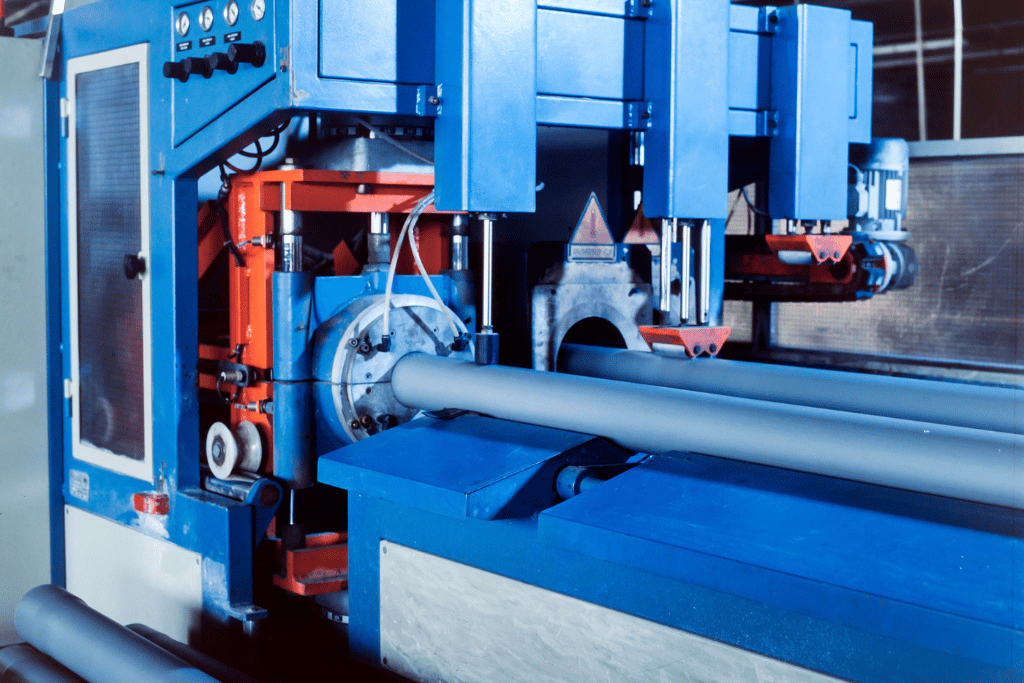Insert molding is a key manufacturing process that improves product strength, durability, and efficiency. This method allows manufacturers to combine different materials—typically metal and plastic—into a single, well-bonded component. The result is a stronger and more reliable product with fewer assembly steps.
The automotive, medical, and electronics industries use insert molding to make light and strong products. By reducing weak points found in traditionally assembled parts, this process increases product lifespan and performance.
As manufacturing changes, plastic injection molding services are becoming important for modern product design. They provide affordable options, better functionality, and more design flexibility.
Strength and Durability in Product Design
Making products durable is important, when designing them. Insert molding is a big part of creating stronger parts. Manufacturers can produce parts resistant to wear and mechanical stress by embedding metal or composite inserts into plastic.
How to Insert Molding Improves Strength?
- Improved Bonding: Parts are less likely to break because the casting process makes a strong bond between the materials.
- Eliminates Weak Points: Regular ways of holding things together, for example using screws or glue, can make things break more easily. This molding removes these issues by forming a seamless part.
- Shock Resistance: The combination of materials absorbs impact, reducing breakage in high-stress environments.
Industries That Benefit from Strength and Durability
- Automotive: Sensors, brackets, and switches need to be strong enough to handle heat, vibration, and physical force.
- Medical: Devices – surgical instruments and implants need long-lasting, wear-resistant materials.
- Aerospace: Lightweight, durable parts improve aircraft performance while reducing weight.
A good example is the manufacturing of electrical connectors. With insert molding, metal contacts can be put inside plastic parts so the connectors stay strong even if used a lot or are around damaging things.
Enabling Innovative Designs
With insert molding, you can make more complicated and accurate shapes. This molding lets manufacturers combine multiple features into a single part, which isn’t always possible with traditional manufacturing methods.
Design Flexibility with Insert Molding
- Supports Complex Geometries: Intricate shapes and detailed features can be molded with high precision.
- Reduces Product Weight: Products are made lighter without losing power by replacing solid metal parts with a mix of plastic and inserts.
- Seamless Integration: One part can do many work: conduct electricity, hold things up etc.
Examples of Innovative Products
- Wearable Technology: Smartwatches and fitness trackers have parts made of metal and plastic to work together perfectly.
- Automotive Interiors: Dashboards, and control panels combine functional and aesthetic elements in a single molding process.
- Medical Devices: Compact, ergonomic tools are made possible with precise insert molding techniques.
Making complicated but light items is very important for fields such as airplane manufacturing and healthcare tools. In these areas, the materials used and how heavy they are greatly affect how well they work and how easy they are to use.
Cost-Effective and Efficient Manufacturing
Plastic injection molding services help manufacturers save money while maintaining quality. This method reduces material waste and cuts down on assembly steps, making production more efficient.
How Insert Molding Saves Costs?
- Fewer Assembly Steps: Since multiple materials are molded together in one process, there’s less need for additional fastening or bonding.
- Less Material Waste: The precision of this molding reduces excess material use.
- Lower Labor Costs: Automated molding processes cut down on manual assembly time.
Industries Leveraging Cost Efficiency
- Consumer Electronics: Smartphones and laptops use insert molding for durable yet lightweight casings and connectors.
- Medical Equipment: Single-use medical tools are produced efficiently using this method.
- Automotive: High-volume parts – sensor housings and switches are made at lower costs with insert molding.
This molding makes production faster, and keeps quality high by getting rid of extra steps – welding or screwing parts together.
Applications in Modern Manufacturing
Insert molding is used across various industries to improve product performance, extend lifespan, and optimize production.
Key Industries Benefiting from Insert Molding
- Automotive
- Insert molding makes things like airbag sensors, fuel system parts, and ignition coils last longer.
- Medical
- Syringes, surgical instruments, and medical device casings benefit from precision molding.
- Biocompatible materials improve safety and usability.
- Electronics
- Printed circuit board connectors, switches, and phone casings use this molding for strength and precision.
- Miniaturized components improve portability and device performance.
- Aerospace
- High-strength, lightweight parts improve aircraft fuel efficiency.
- Insert-molded fasteners and housings improve structural integrity.
- Consumer Goods
- Power tools, kitchen appliances, and sporting goods use insert molding for durability and ergonomic design.
The automotive industry provides a strong example of insert molding’s impact. By integrating metal inserts into plastic housings, manufacturers create lightweight yet durable sensors, helping vehicles meet fuel efficiency and safety standards.
Future of Product Design with Insert Molding
Insert molding keeps changing as materials and technology get better. These improvements are shaping the future of manufacturing by improving performance, sustainability, and design possibilities.
Emerging Trends
- New Material Combinations: Stronger, lighter, and more heat-resistant polymers expand the possibilities for this injection molding.
- Sustainable Manufacturing: The use of biodegradable plastics and recycled materials reduces environmental impact.
- Miniaturization: Electronics, and medical devices are changing quickly because insert-molded parts are getting smaller and more accurate.
- Smart Manufacturing: Automation and AI-driven molding techniques are improving production speed and consistency.
The Role of Insert Molding in Sustainability
- Less Waste: Manufacturers use precise molding methods to reduce waste.
- Longer Product Lifespan: Stronger, longer-lasting parts don’t need replacing as often.
- Energy Efficiency: Compared to standard metal fabrication, this method uses less energy.
As industries push for more sustainable, and efficient manufacturing methods, this injection molding technique will continue to be important in shaping the future of product design.
The Impact of Insert Molding on Product Design
Insert molding has changed modern production by making it easier, cost-effective, and more durable to make high-quality parts. By integrating different materials into a single, seamless part, this method improves product strength, reduces waste, and enables innovative designs.Plastic injection molding services, specifically insert molding, are a way to make products that are strong, light, and work well. You’ll find them everywhere from the cars we drive to the gadgets we use and even in medical equipment. Because of new materials and better technology, this molding keeps getting better, helping create even more innovative products. It’s an important tool in modern manufacturing.



